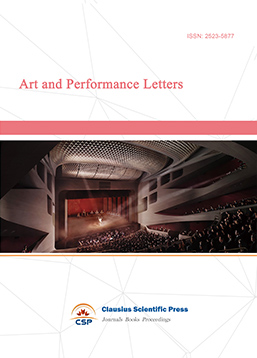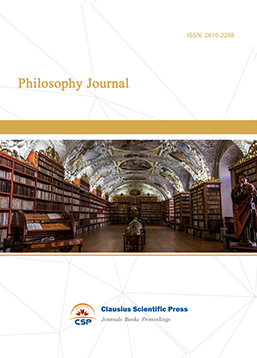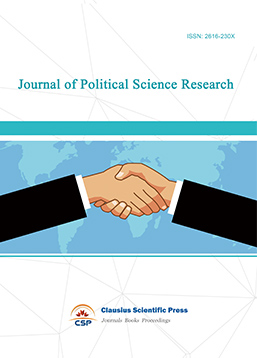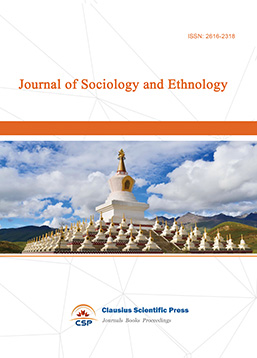A Comparative Analysis of Chinese and American Family Structure Based on Hofstede's Cultural Dimension Theory
DOI: 10.23977/langl.2025.080506 | Downloads: 29 | Views: 312
Author(s)
Tongshu Gao 1
Affiliation(s)
1 College of Post and Telecommunication of WIT, Wuhan, 430073, Hubei, China
Corresponding Author
Tongshu GaoABSTRACT
This article is based on Hofstede's theory of cultural dimensions and constructs a comparative analysis framework that includes dimensions such as cultural roots, intergenerational relationships, and surname culture. It systematically examines the differences in family structure and cultural logic between China and America. The study selected four core dimensions of individualism/collectivism, power distance, long-term orientation/short-term orientation, and restraint/indulgence for comparative analysis, and found that: 1) Chinese families exhibit high collectivism, high power distance, long-term orientation, and restraint characteristics. Their extended family structure emphasizes the overall interests and ethical order of the family, and intergenerational relationships form a "feedback style" symbiotic model. Surname culture reflects patrilineal kinship identity, which is deeply related to cultural genes such as Confucianism's "filial piety and brotherly love" and "family state homogeneity". 2) American families exhibit typical individualism, low power distance, short-term orientation, and indulgence characteristics, while the core family structure highlights individual independence, and intergenerational relationships present a "contractual style" The interactive mode and surname culture reflect the identity mobility of immigrant society, and its cultural roots can be traced back to Puritan ethics, Enlightenment ideas, and liberal traditions. This study innovatively introduces film and television texts such as "Family with Children" and "Modern Family" for case verification. Through cross-cultural comparisons of parent-child interaction, educational philosophy, and family decision-making, it empirically examines the mechanism by which cultural dimensions shape family structure. The ultimate framework for explaining the cultural gene determinism is proposed, which points out that in the context of globalization, the Chinese and American family models should achieve complementary development through cultural dialogue, which has important implications for promoting cross-cultural understanding and constructing new family ethics.
KEYWORDS
Hofstede's Theory of Cultural Dimensions; Family Structure in China and the United States; Cultural Identity and Adaptation between China and the United StatesCITE THIS PAPER
Tongshu Gao, A Comparative Analysis of Chinese and American Family Structure Based on Hofstede's Cultural Dimension Theory. Lecture Notes on Language and Literature (2025) Vol. 8: 34-43. DOI: http://dx.doi.org/10.23977/langl.2025.080506.
REFERENCES
[1] Xin, Y. J.(2025). The collision and exchange of Chinese and Western cultures: A teaching research on integrating Chinese cultural elements into Anglo- American culture courses [J]. Language Service Research, 5(1), 181 - 189.
[2] Lin, L. Z., & Chen, Q.(2022).An analysis of the performance of Chinese people's behavior in terms of cultural dimensions [J]. Journal of Jianghan Petroleum University for Staff and Workers, 35(3), 74- 76.
[3] Hong, M.(2024).Mortise and tenon connection: The traditional cultural foundation of the construction of ethnic inter - embedded communities [J]. Ideological Front,50(3), 53- 61.
[4] Jiang, Y. Q., & Wang, H.B.(2024).Application strategies of mortise and tenon craftsmanship in contemporary design [J]. Hunan Packaging,39,138- 173.
[5] Yu, C.H.(2022). On the modern predicament of American individualism in Olive Kitteridge [J]. Appreciation of Masterpieces,10,137-159.
[6] Wang Liuhua. Analysis of the Roots and Enlightenment of Differences in Family Education between China and the United States -- From the Perspective of Chinese Confucian Culture and American Individualistic Culture [J]. Journal of Luoyang Institute of Technology (Social Science Edition), October 2012,Vol.27, No.5:87-90.
[7] Du Peng. Creating Boundaries: Emotional Diversion and Modern Adjustment of Inter - generational Family Relationships [J]. Social Science Research,2024,pp.120-134.
[8] Zhang Shengfeng. A Comparative Study of Chinese and English Personal Names Based on the Cultural Dimensions Theory[J]. Journal of Fujian Open University,2021, No.5:85- 88.
| Downloads: | 52087 |
|---|---|
| Visits: | 1028061 |
Sponsors, Associates, and Links
-
Journal of Language Testing & Assessment

-
Information and Knowledge Management

-
Military and Armament Science

-
Media and Communication Research

-
Journal of Human Movement Science

-
Art and Performance Letters

-
Lecture Notes on History

-
Philosophy Journal

-
Science of Law Journal

-
Journal of Political Science Research

-
Journal of Sociology and Ethnology

-
Advances in Broadcasting


 Download as PDF
Download as PDF